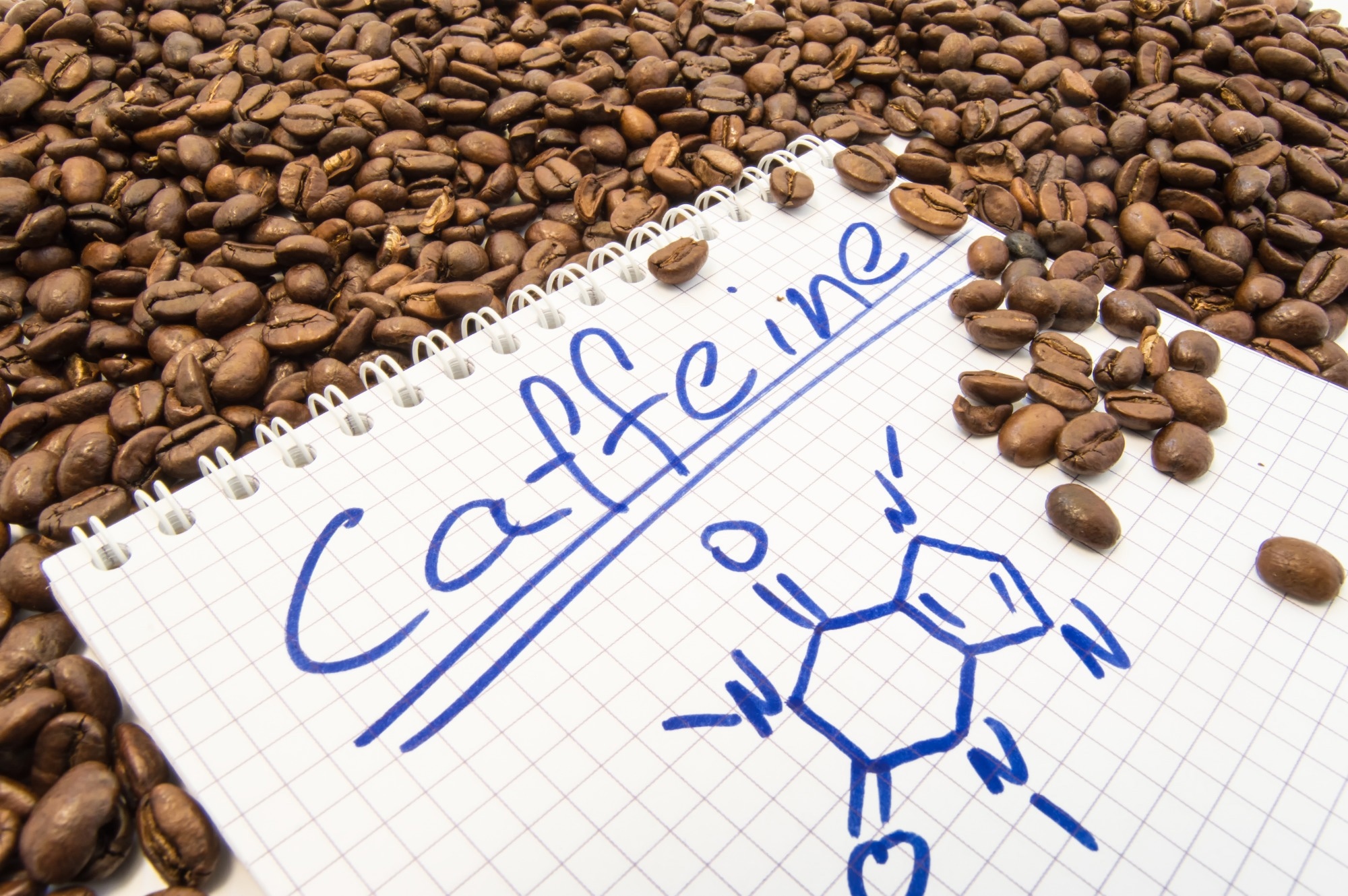In a recent study published in the journal BMJ Medicine, researchers in the United Kingdom and Sweden investigated the probable causality of long-term serum caffeine concentrations on type 2 diabetes (T2D), adiposity, and major cardiovascular diseases (CVDs).
 Study: Appraisal of the causal effect of plasma caffeine on adiposity, type 2 diabetes, and cardiovascular disease: two sample mendelian randomisation study. Image Credit: Shidlovski / Shutterstock
Study: Appraisal of the causal effect of plasma caffeine on adiposity, type 2 diabetes, and cardiovascular disease: two sample mendelian randomisation study. Image Credit: Shidlovski / Shutterstock
Background
Caffeine is an extensively consumed substance with psychoactive properties, key sources of which include coffee, soda, and tea. Given the widespread global consumption of caffeine, the implications of caffeine intake on health must be assessed. Short-duration randomized controlled trials (RCTs) have reported that the thermogenic properties of caffeine are associated with lowering body mass index (BMI), fat mass, and weight.
Observational studies have reported inverse associations between coffee intake and T2D risks. However, contradictory results have been obtained on the relationship between coffee intake and stroke risks, coronary artery disease, and cardiac disease-associated mortality. Moreover, observational study designs cannot provide reliable inferences on the causal effects since coffee intake may be related to other potentially confounding factors, such as lifestyle and dietary factors, socioeconomic status, and ethnicity.
About the study
In the present two-sample mendelian randomization design study, researchers evaluated the effects of caffeine consumption on cardiovascular disorders and T2D development risks.
Summary genetic data were obtained from genome-wide association studies (GWAS) for the relationship between single nucleotide polymorphisms (SNPs), rs2472297 proximal to the cytochrome P450 enzyme isoform 1A2 (CYP1A2) gene, rs4410790m proximal to the aryl hydrocarbon receptor (AHR) gene, and serum caffeine at the genome-wide significance threshold.
This data was obtained to assess their relationships with the study outcomes. The study participants primarily comprised 9,876 European individuals who participated in cohorts of GWAS consortia.
The primary study outcomes were fat mass in the body, body mass index (BMI), fat-free mass in the body, T2D, ischaemic heart diseases, heart failure, stroke, and atrial fibrillation. Genomic variants associated with caffeine metabolism were leveraged via the mendelian randomization framework. This framework investigates the causality of elevated serum caffeine levels on T2D, cardiovascular disease, and adiposity development risks.
The association estimates for caffeine metabolism-associated SNPs were obtained for fat mass in the body (BMI) from the GIANTs study consortium and fat-free mass in the body (body composition), taken from the integrative epidemiology unit of the medical research council.
The team obtained summary data for cardiovascular disorder types and T2D from the DIAMANTE, FinnGen, CARDIoGRAMplusC4D, HERMES, and MEGASTROKE study consortia. The estimates were obtained from the MR-Base platform. In addition, the team obtained atrial fibrillation-associated summary data from six study-meta-analysis.
Results and discussion
Greater genetically estimated serum caffeine levels were related to lower BMI (where 1.0 standard deviation was equal to 4.80 kg/m2) and fat mass in the body (1.0 standard deviation was equal to 9.50 kg). Greater genetically estimated serum caffeine levels were also related to lower T2D risks in the DIAMANTE and FinnGen consortia [odds ratio (OR) for the combined association of 0.8].
The probability of T2D with increased serum caffeine levels associated with BMI reduction was 0.9, indicating that 43% of caffeine effects on T2D were mediated by BMI reduction. No strong relationships were identified between the genetically estimated serum caffeine levels and cardiovascular disease risks.
In total, 39,763 and 40,553 phenotype relationships were observed for the cytochrome P450 enzyme isoform 1A2 gene and AHR gene SNPs, respectively. Alleles increasing serum caffeine levels of the SNPs were related to lower tea and coffee intake, lower BMI, greater consumption of cereals and water, and greater levels of renal markers such as urea, creatinine, phosphate, albumin, cystatin C, and sodium.
In addition, the CYP1A2 gene locus SNP was related to more significant peaks in expiratory flow, volume and width of platelet distribution, diastolic-type blood pressure, arm impedance, and a lower percentage of leg fat.
The AHR gene locus SNPs were related to greater levels of urinary potassium and hepatic biomarkers such as alkaline phosphatase and bilirubin, improved lipid profiles, lower glycated hemoglobin values, and lower levels of globulins that bind with sex hormones, adjusted for body mass index.
Caffeine may lower fat mass and body mass index by enhancing fat oxidation, energy expenditure, and thermogenesis of brown adipose tissues or increasing satiety and decreasing energy intake. Caffeine may reduce the T2D development risk by lowering overall body fat. Alleles associated with greater serum caffeine levels are related to lower tea and coffee intake.
Therefore, individuals carrying the alleles may have lower T2D risks due to lower exposure to other constituents of tea and coffee, such as diterpenes, that elevate T2D risks. The relationship between serum caffeine levels and cholesterol and triglycerides may be associated with lipid-raising diterpenes, such as kahweol and cafestol, present in unfiltered-type coffee.
Conclusion
The study findings showed greater serum caffeine levels might lower T2D and adiposity risks. However, further research is required to assess the translational probability of the study findings toward lowering the metabolic health disease burden and investigate whether non-caloric caffeinated beverages may lower T2D and adiposity risks.
Journal reference:
- Larsson, S., Woolf, B. and Gill, D. (2023) "Appraisal of the causal effect of plasma caffeine on adiposity, type 2 diabetes, and cardiovascular disease: two sample mendelian randomisation study", BMJ Medicine, 2(1), pp. 1-8. doi: 10.1136/bmjmed-2022-000335, DOI: 10.1136/ bmjmed-2022-000335,https://bmjmedicine.bmj.com/content/2/1/1